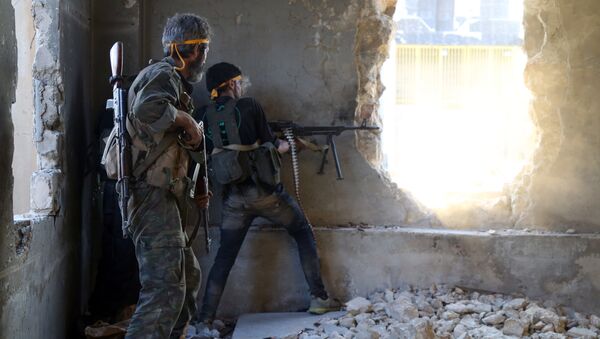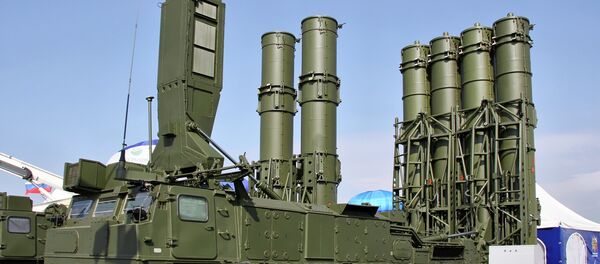Although US officials have toned down their anti-Damascus rhetoric in recent months, the United States, according to the analyst, has in fact never abandoned its plans to overthrow Syrian President Bashar al-Assad despite Russia being in the way of this scenario.
US leadership "has never openly mentioned Russia's military defeat in Syria as one of its goals, but [the US] has viewed this as an implicit condition for toppling Assad's regime and forming a new government in Damascus fully controlled by Washington," he said.
This is not to say that the US and Russia are on a collision course. For Khodarenok, chances of a direct confrontation between the world's leading nuclear powers are "minimal." This is why Washington will opt for a decades-old tactic which was employed during the Cold War.
Khodarenok is convinced that armed Syrian rebel groups opposed to Assad will receive "major financial, military and technical assistance" from the US through third countries.
"One cannot rule out that insurgents will receive modern short- and medium range air defense missile systems, including the FIM-92 Stinger, through intermediaries," he said. Developed in the US, this Man-Portable Air-Defense System (MANPAD) is also produced in Germany and Turkey.
The analyst also named US-made MIM-23 Hawk medium-range surface-to-air missiles, the Roland, a Franco-German mobile short-range surface-to-air missile system and Crotale short-range anti-air missiles as weapons that could likely be handed over to Syrian rebels.
Coupled with electronic warfare systems, these weapons will "greatly complicate combat operations of the Russian Aerospace Forces and the Syrian Arab Air Force," he noted.



